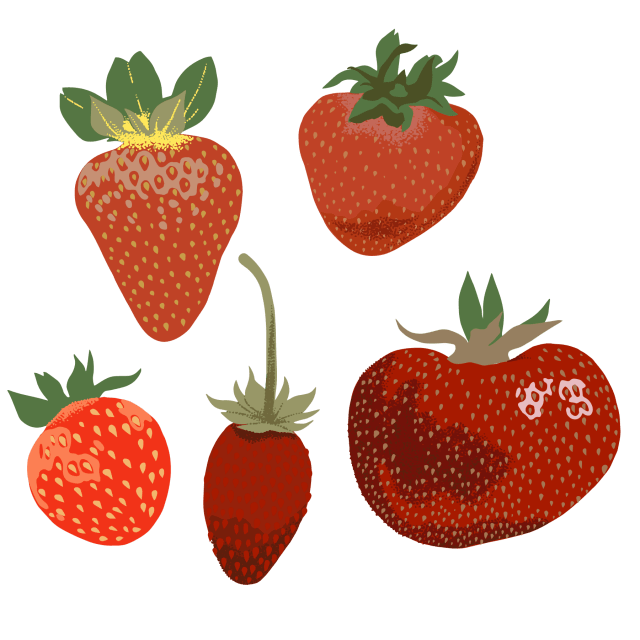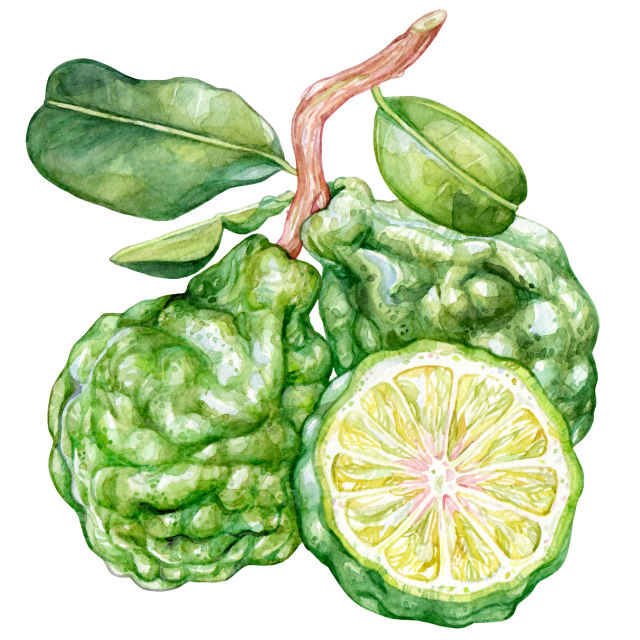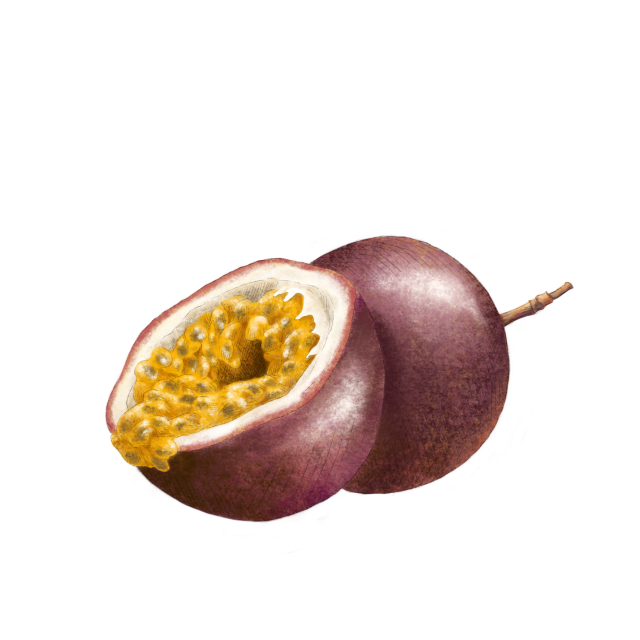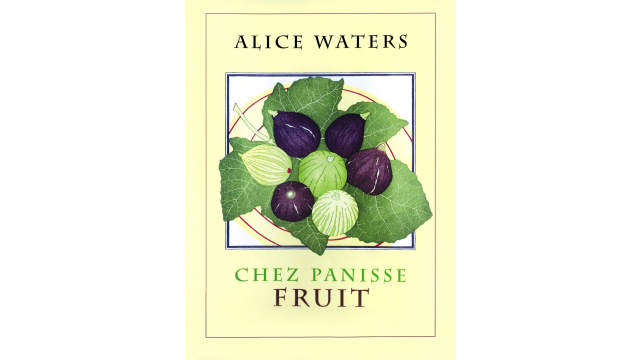Kiwi
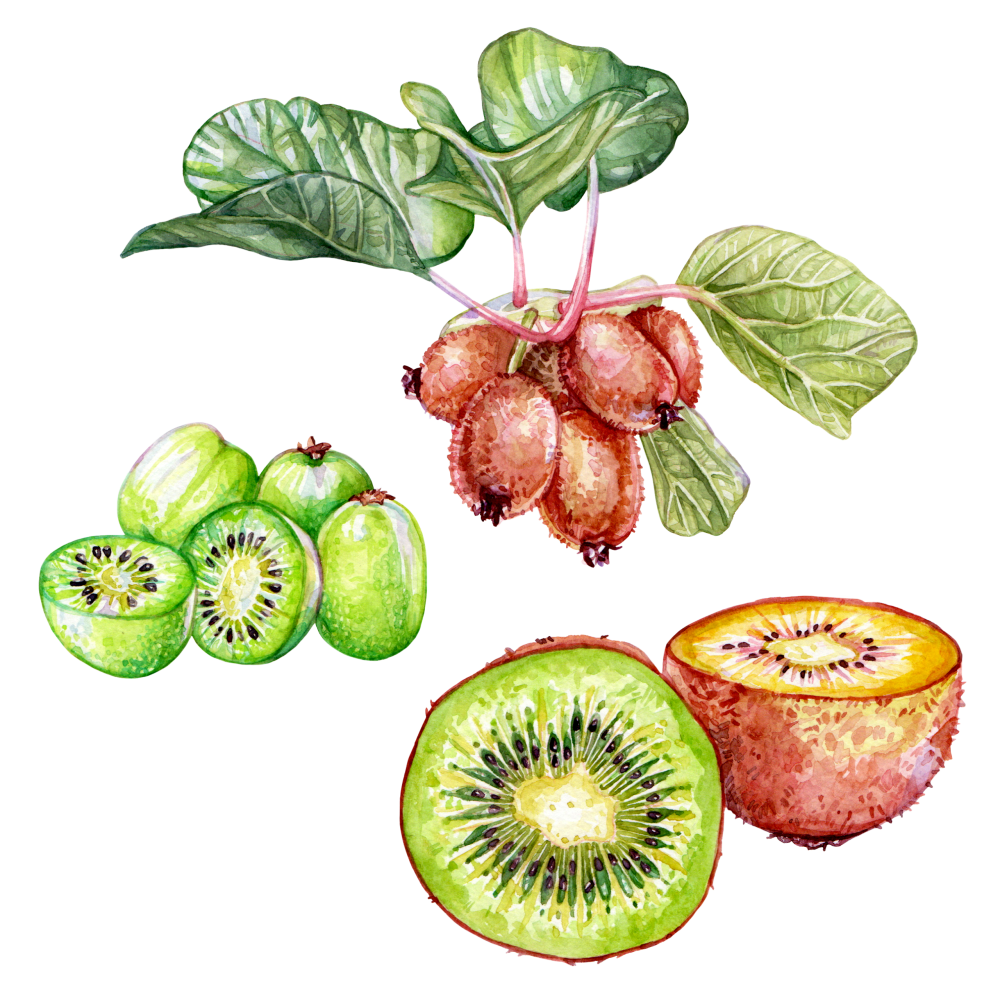
Latin name: Actinidia deliciosa
Other names: kiwifruit, Chinese gooseberry
Uses: fruit
What are kiwis?
Like their ornithological counterpart, the kiwi is round and covered in brown fuzz — unless you’re talking about the smaller hardy kiwi (Actinidia arguta), which is as hairless as a naked mole rat. The plant is in its own family, and there are dozens of species.
Why are kiwis healthy?
Kiwis are very high in vitamin C, and have significant fiber plus some vitamin E, folate, potassium, and phytonutrients. Besides fiber’s importance to digestive health kiwis contain actinidin, an enzyme unique to the fruit, that helps break down protein, facilitating digestion and gastric motility.
What do kiwis taste like?
Kiwis have a delightfully tart-sweet flavor with crunchy little seeds. The flavor is very acid-forward, sort of like a grassier pineapple, but they get sweeter as they ripen. The fuzzy skin is usually peeled before eating, though it’s technically edible.
How do I use kiwis?
Olive-sized hardy kiwis (aka kiwi berries) can be eaten whole, no peeling necessary, but you’ll want to peel a regular kiwi before adding it to fruit salads and fruit cups.
What do kiwis pair well with?
It’s often famously paired with strawberry (in bottled fruit drinks and gummy candies, anyway), but kiwi’s talents extend far beyond the breakfast buffet. You can add kiwi to sorbet, use it for fruit salsas, or bake cakey quick breads with it — its crunchy seeds are a pleasant poppy seed analog and its sour fruit subs for lemon. It loves coconut, lime, and other tropical fruits as much as it loves cilantro and habanero.
Where do kiwis grow?
Kiwis are not from New Zealand, despite their name — they’re from China. Cultivation of kiwis did migrate to New Zealand by the 20th century, however, and nowadays most of the kiwi in American markets comes from California, where kiwi has been grown in earnest since the 1960s. Kiwi can grow in temperate climates if the summers are hot.
How to buy kiwi:
Most of the ones you’ll find in markets have green flesh and the aforementioned brown fuzz. Look for firm fruits without bruises or soft spots that yield to gentle pressure; keep ripe fruits in the fridge for up to four weeks.
Fun kiwi fact:
The combination of kiwi and strawberry was conceived by a marketing company in the late 1980s to get Americans to consume more California-grown kiwi — by the 90s the winning combination appeared in everything from lip balm to yogurt to, yes, Snapple.
